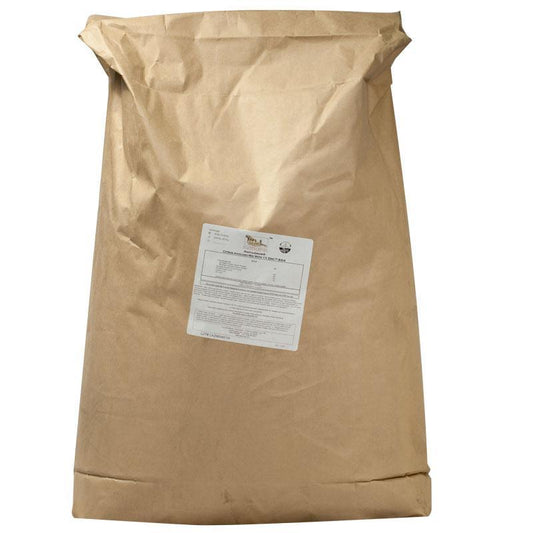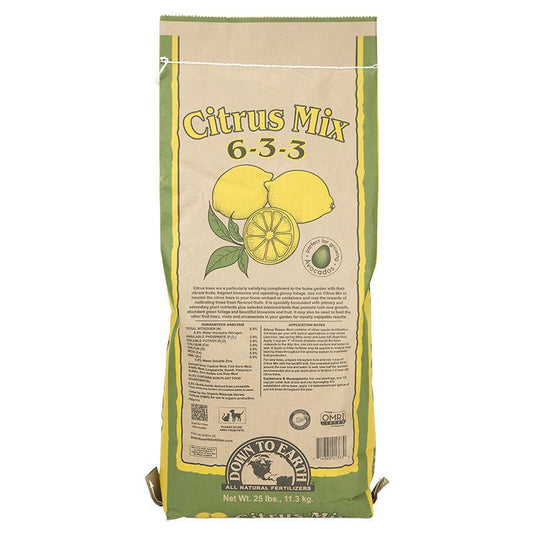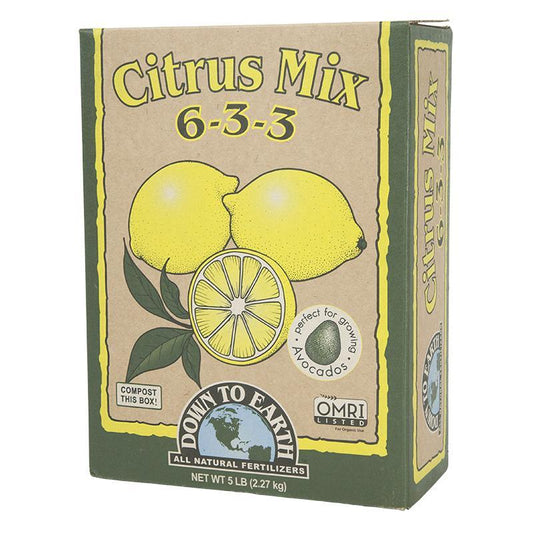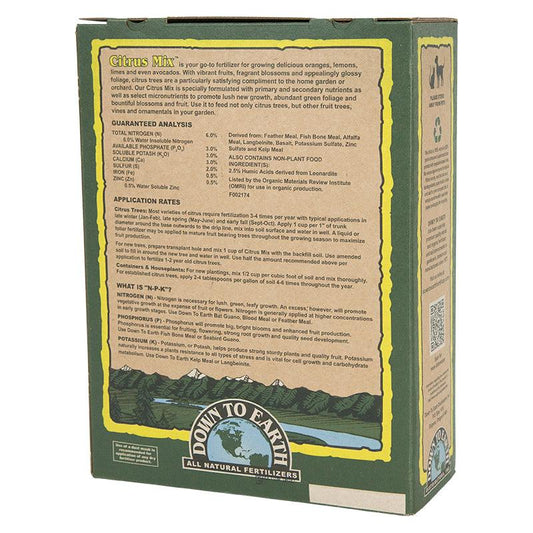Choosing the Right Citrus Variety
Some citrus varieties adapt well to indoor environments. The easiest to grow are Meyer lemons, known for their sweet flavor. Other great options include Lisbon lemons, Washington navel oranges, and Barris limes.
Light Requirements
Citrus trees need 8–12 hours of light daily to produce fruit. Place your plant in a southern or southwestern window or supplement with grow lights if needed. For foliage-only growth, 5 hours of light will suffice.
Repotting and Soil Preparation
- Select a 5-gallon pot with excellent drainage for a 2–3-year-old tree.
- Prepare a soil mix: equal parts potting soil, peat moss, and perlite. Avoid mixes with wetting agents to prevent overwatering.
- Position the tree with its crown above the soil line and roots below.
- Water thoroughly with a root growth enhancer and eliminate air pockets.
Care Tips
- Fertilizer: Use a citrus-specific fertilizer and follow label instructions.
- Humidity: Keep the environment humid with a humidifier or a water tray.
- Watering: Use a moisture meter and water when the top 2 inches of soil are dry.
- Seasonal Adjustments: Move your tree outdoors during warm summers and indoors for winter, gradually adjusting to avoid shock.
Shop Citrus Trees
Conclusion
With proper care, indoor citrus trees can thrive and produce delicious fruit year-round. Start growing citrus and enjoy fresh fruit no matter your climate!







1 comment
Thank you for the wealth of information! It won’t go unleaded.